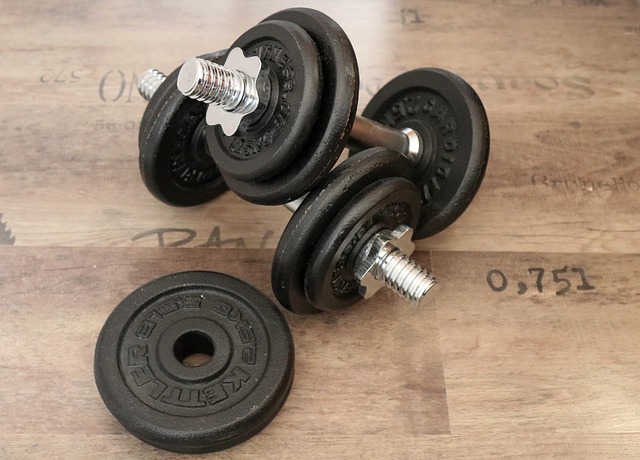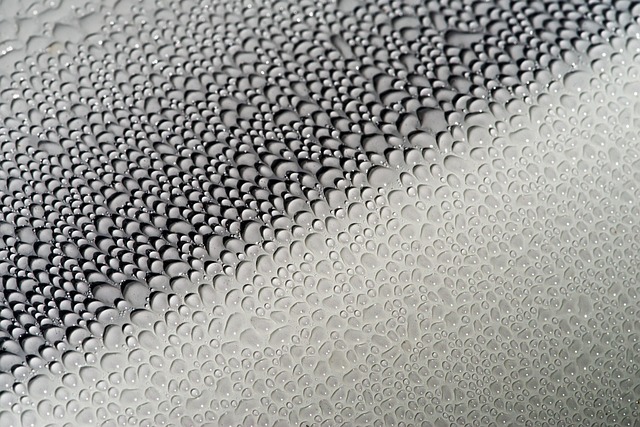
Fermentation Weights
Understanding Fermentation Weights
Fermentation is an age-old technique used to preserve food and enhance its flavors. Among the various tools that can aid in this process, fermentation weights play a crucial role. These weights help keep the food submerged in its brine, preventing spoilage and ensuring a successful fermentation process. This article explores the importance of fermentation weights, the different types available, and how to choose the right one for your needs.
The Role of Fermentation Weights
When fermenting vegetables like cabbage for sauerkraut, it's essential to keep the produce submerged under the brine. This prevents exposure to air, which can lead to mold and spoilage. Fermentation weights help achieve this by applying pressure to the vegetables, ensuring they remain fully submerged. Without proper weight, the vegetables may float, leading to uneven fermentation and potential spoilage.
Types of Fermentation Weights
There are several types of fermentation weights available, each with its unique features:
- Glass Weights: These are often round and flat, designed to fit snugly inside jars. They are easy to clean and do not react with the food.
- Plastic Weights: Lightweight and often less expensive, these weights come in various shapes and sizes. However, it's essential to ensure they are food-safe and BPA-free.
- Stone Weights: Made from natural stone, these weights are heavy and effective. They can add a rustic touch to your fermentation setup.
- Custom Weights: Some enthusiasts create their own weights using clean, food-safe materials. This can include items like clean rocks or even jars filled with water.
Choosing the Right Fermentation Weight
When selecting a fermentation weight, consider the following factors:
- Size: Ensure the weight fits well in your fermentation vessel. It should cover the surface of the vegetables without taking up too much headspace.
- Material: Choose a material that is safe for food contact. Glass and stone are often preferred for their durability and non-reactive properties.
- Weight: The weight should be sufficient to keep the vegetables submerged but not so heavy that it breaks the jar or creates excessive pressure.
- Ease of Cleaning: Consider how easy it is to clean the weight after use. Smooth surfaces are generally easier to maintain.
Testing Fermentation Weights
To determine which fermentation weights work best, a practical approach is to conduct a test. For instance, one could prepare several jars of sauerkraut using different weights, monitoring the brine coverage and fermentation progress over a set period. This hands-on method allows for direct comparison and helps identify which weight provides the best results.
Conclusion
Fermentation weights are an essential tool for anyone looking to delve into the world of fermentation. By keeping vegetables submerged and promoting even fermentation, these weights help ensure a successful outcome. With various options available, it's important to choose a weight that fits your specific needs and preferences. Whether you're a seasoned fermenter or just starting, understanding the role of fermentation weights can enhance your culinary adventures.

















 Fuel Types at Gas Stations
Fuel Types at Gas Stations 
 Health
Health  Fitness
Fitness  Lifestyle
Lifestyle  Tech
Tech  Travel
Travel  Food
Food  Education
Education  Parenting
Parenting  Career & Work
Career & Work  Hobbies
Hobbies  Wellness
Wellness  Beauty
Beauty  Cars
Cars  Art
Art  Science
Science  Culture
Culture  Books
Books  Music
Music  Movies
Movies  Gaming
Gaming  Sports
Sports  Nature
Nature  Home & Garden
Home & Garden  Business & Finance
Business & Finance  Relationships
Relationships  Pets
Pets  Shopping
Shopping  Mindset & Inspiration
Mindset & Inspiration  Environment
Environment  Gadgets
Gadgets  Politics
Politics 